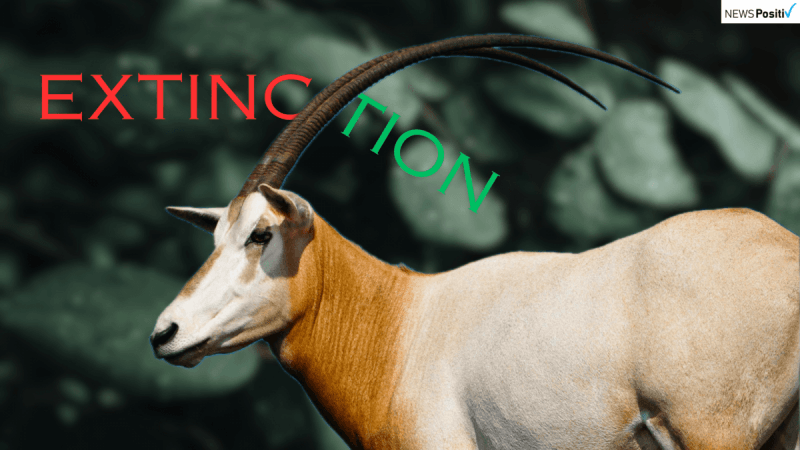
In October of this year, the U.S. Fish and Wildlife Service removed 21 species from the list of threatened and endangered species. Unfortunately, it is because they became extinct. Two months later, there's finally a piece of news to end the year on a positive and hopeful note.
The scimitar-horned oryx, a kind of antelope that had become extinct in the wild, has been downgraded to Endangered species. Also known as the Sahara Oryx, the antelope found its way back from extinction as a result of a successful breeding programme and has been able to be reintroduced in Africa's Chad.

Reportedly, the antelope was once upon a time widespread across North Africa. In the 1980s, their numbers began to decrease rapidly enough to cause concern among biodiversity and wildlife activists. A major reason for their decreasing numbers was because of them being hunted for their horns and meat.
Some of the other reasons include drought, loss of food due to excessive livestock grazing, and other human-caused disturbances. By the year 2000, the species was officially declared Extinct in the Wild by the IUCN Red List of threatened species.
The antelope is the first species to have made it down from Zoological Society of London's Extinct in the Wild list to Endangered. It being downgraded to the endangered list, which means its population is successfully established in numbers large enough that it can sustain itself in the future. The breeding programme has seen 510 scimitar-horned oryx being born in the wild.

The encouraging results, however, were not achieved in a short span of time. Nor was the project an overnight success story. Different organizations from around the world came together to work on the project, including the Environment Agency of Abu Dhabi (EAD) and international conservation charity Zoological Society of London (ZSL). The recovery project started in the mid-eighties, when ZSL worked with the Sahara Conservation Fund to first find out how feasible the project was and whether successful reintroduction of the antelope into the wild could be carried out.
Why is the news good in the larger scheme of things?
Anything pertaining to the environment does not happen in isolation but rather points to a macro picture. The animals' reintroduction is a positive step for the environment, with some conservationists of the opinion that their comeback signifies the restoration of a whole ecosystem. The animals, including the antelope, play a significant part in maintaining grasslands, and their reintroduction is yet another step in slowly tackling the impacts of climate change.
Not to forget the hope that it gives to conservation and preservation efforts across the world. With biodiversity being lost at a pace impossible to restore, the antelope coming back to life means similar efforts will definitely yield positive results too. Provided the right will and lots of patience are backing any long-term conservation efforts for the species.














